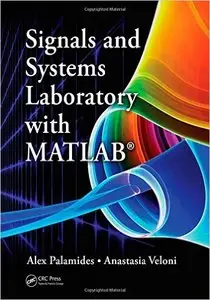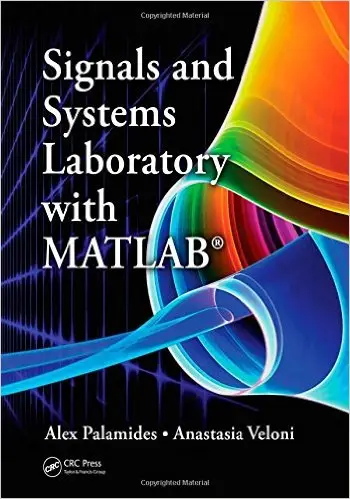Alex Palamides and Anastasia Veloni, "Signals and Systems Laboratory with MATLAB"
English | ISBN: 143983055X | 2010 | 567 pages | PDF | 35 MB
English | ISBN: 143983055X | 2010 | 567 pages | PDF | 35 MB
With its exhaustive coverage of relevant theory, Signals and Systems Laboratory with MATLAB® is a powerful resource that provides simple, detailed instructions on how to apply computer methods to signals and systems analysis. Written for laboratory work in a course on signals and systems, this book presents a corresponding MATLAB implementation for each theoretical concept introduced, making it a powerful learning tool for engineers, scientists, and students alike.
MATLAB code is used in problems and examples presented throughout the book. This code and other learning materials are available in a downloadable supplement.
Due to the extensive—and truly unique—integration of MATLAB throughout this book, the authors provide a complete tutorial on use of the language for signals and systems analysis. With more than 5,000 lines of MATLAB code and more than 700 figures embedded in the text, the material teaches readers how to program in MATLAB and study signals and systems concepts at the same time, giving them the tools to harness the power of computers to quickly assess problems and then visualize their solutions.
Among its many useful features, this book:
Offers complete coverage of the signals and systems theory, starting with elementary signals and concluding with state-space modeling
Contains more than 400 examples and chapter-end solved problems
Executes commands one-by-one at the MATLAB command prompt, and results, along with comments, encouraging students to learn MATLAB on the fly
Additional Pedagogical Features:
A detailed MATLAB tutorial to introduce a beginner programmer to the language
Laboratory exercises that give students hands-on experience and help professors organize a course laboratory component
Presentation of continuous- and discrete-time in parallel fashion, effectively illustrating the similarities and differences between the two
Step-by-step examples that present data in tabular format and usually offer several different solutions to each problem



